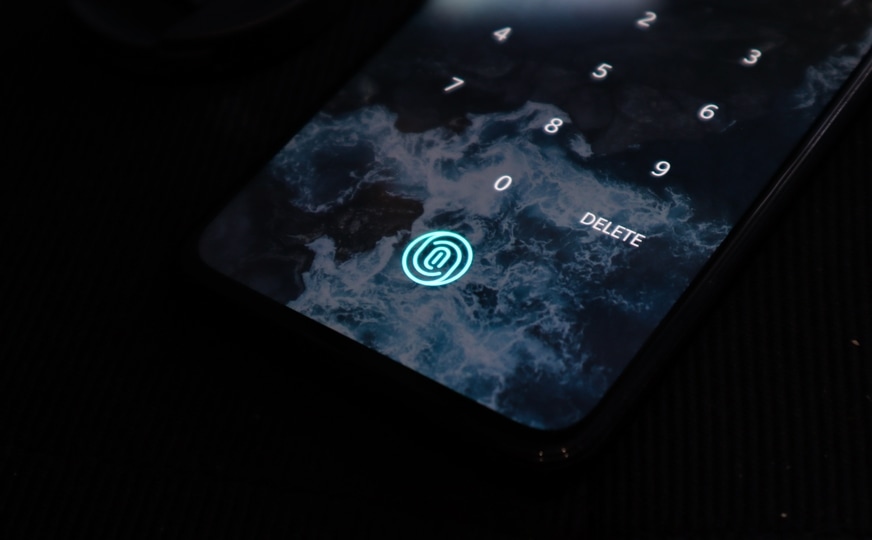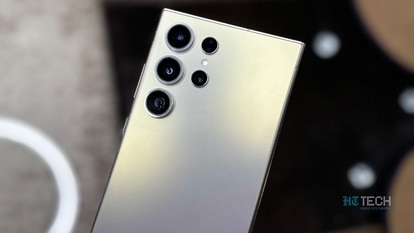Researchers develop system for improved latent fingerprint recognition
Recently, a research group developed an in-sensor reservoir computing system for latent fingerprint recognition with deep ultraviolet photo-synapses and a memristor array.

Recently, a research group developed an in-sensor reservoir computing system for latent fingerprint recognition with deep ultraviolet photo-synapses and a memristor array.
The findings of the study were published in Nature Communications. The research group was led by Prof. LONG Shibing from the University of Science and Technology of China (USTC) of the Chinese Academy of Sciences, collaborating with Prof. LIU Qi from Fudan University.
Deep ultraviolet (DUV) photodetectors play a pivotal role in deep space exploration, environmental monitoring, and bio-information identification. However, the conventional ex-situ DUV fingerprint recognition systems use separated sensor, memory, and processor, which significantly increases latency in decision-making and thus overall computing power.
Inspired by the human visual perception system, the research group constructed a DUV in-sensor RC system with optical synapses as the input layer of the reservoir and the memristor device array as the readout network, which can sense and process in parallel to ensure high efficiency and low power consumption.
The research team used the Ga-rich component design and developed amorphous GaOx (a-GaOx) photo-synapses with enhanced persistent photoconductivity (PPC) effects. A non-linear mapping relationship for the DUV in-sensor RC system was constructed by inputting 4-bit equivalent light pulses for simulation so that the image pixel sequence information could be sampled for feature values.
Ultimately, the training of the reservoir outputs was achieved through the stable polymorphic modulation properties of the memristor device array, enabling small-scale DUV fingerprint recognition.
The excellent recognition accuracy of DUV fingerprint images when using a dual-feature strategy and this hardware system is almost identical to the simulated results. The system achieves 100 per cent recognition accuracy after 100 training epochs and maintains 90 per cent accuracy even in the presence of 15 per cent background noise, in line with the anti-noise characteristics of DUV light.
This fully-hardware DUV in-sensor RC system provides a good reference prototype for efficient recognition and secure applications of latent fingerprints. It is also a critical reference for developing intelligent optoelectronic devices in the DUV waveband.
"This prototype system ... will provide more insight into emerging in-sensor reservoir computing. Overall, the topic of this work is truly interesting." said one referee for Nature Communications.
Catch all the Latest Tech News, Mobile News, Laptop News, Gaming news, Wearables News , How To News, also keep up with us on Whatsapp channel,Twitter, Facebook, Google News, and Instagram. For our latest videos, subscribe to our YouTube channel.


























